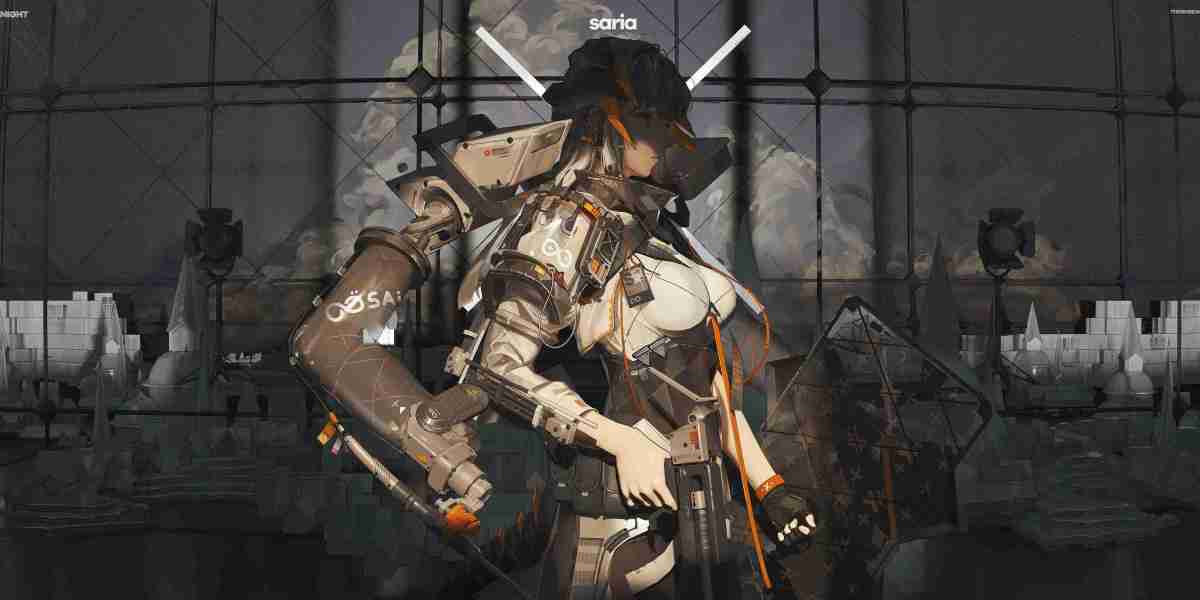In recent years, design automation has emerged as a transformative force across various industries. This innovative approach streamlines the design process, enhances productivity, and fosters creativity. But what exactly does the future hold for design automation? In this article, we will explore the latest trends and technologies that are shaping this dynamic field.
Understanding Design Automation
Design automation refers to the use of software tools and technologies to automate repetitive design tasks. By leveraging algorithms and artificial intelligence, designers can focus on more complex and creative aspects of their work. This shift not only improves efficiency but also reduces the likelihood of human error. As a result, companies can deliver high-quality designs faster than ever before.
Key Trends in Design Automation
- Artificial Intelligence (AI) Integration: AI is revolutionizing design automation by enabling systems to learn from data and make informed decisions. This technology allows for personalized design experiences and predictive analytics.
- Cloud-Based Solutions: The rise of cloud computing has made it easier for teams to collaborate on design projects from anywhere in the world. Cloud-based tools facilitate real-time updates and version control, enhancing teamwork.
- Generative Design: This innovative approach uses algorithms to generate a multitude of design options based on specified parameters. Designers can explore various possibilities quickly, leading to more creative solutions.
- Integration with IoT: The Internet of Things (IoT) is influencing design automation by allowing designers to create products that interact with users and their environments seamlessly.
Technologies Driving Design Automation
Several technologies are at the forefront of design automation. These include:
- 3D Printing: This technology enables rapid prototyping and production, allowing designers to test and iterate their ideas quickly.
- Virtual Reality (VR) and Augmented Reality (AR): These immersive technologies provide designers with the ability to visualize their creations in a real-world context, enhancing the design process.
- Machine Learning: By analyzing vast amounts of data, machine learning algorithms can identify patterns and trends, informing design decisions and improving outcomes.
The Impact of Design Automation on Industries
The implications of design automation extend across various sectors, including architecture, manufacturing, and fashion. For instance, in architecture, automated design tools can generate building layouts based on specific requirements, significantly reducing the time spent on initial drafts. Similarly, in fashion, designers can utilize automation to create unique patterns and styles tailored to consumer preferences.
As we look to the future, it is clear that design automation will continue to evolve, driven by advancements in technology and changing market demands. Companies that embrace these innovations will not only enhance their operational efficiency but also gain a competitive edge in their respective industries.
For those interested in exploring unique design options, consider checking out that showcase the potential of automated design processes.








